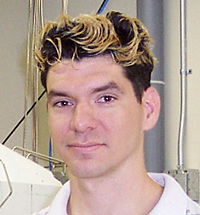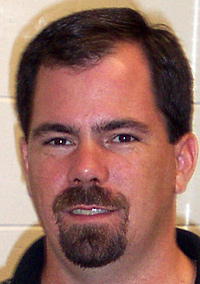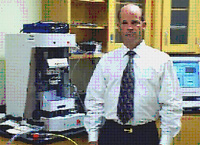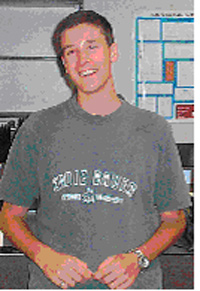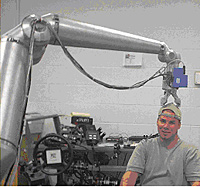Summary: During the spring semester of 2002 (Jan through May), I was fortunate enough to be allowed to participate in the University of South Florida’s Research Experience for Undergraduates Program (R. E. U.). As an undergraduate in this program, I was paid to assist in a professor’s efforts to perform research at the university. I worked an average of ten hours per week.
The specific research I was involved in was for Dr. Daniel P. Hess and concerned the coefficient of friction, as well as the rate of wear, between combinations of two of several different materials. I was not only exposed to, and trained to use, a very sophisticated piece of friction analysis test equipment (CETR Micro-Tribometer), but I was also able to observe and participate in many aspects of doing research at a university. Some of the skills I feel were strengthened most by the experience are my ability to organize and coordinate efforts, as well as demonstrating patience when there is a need to share research facilities. I was also able to use some of the design and drafting skills I developed as an undergraduate in redesigning a clamping fixture for test samples.
Overall, I feel the experience of working under the USF’s Research Experience for Undergraduates Program was very rewarding. I appreciate the opportunity and recommend that the continuation of the program. I also strongly urge all students, who have the time and need a little extra money, to apply for a position.


